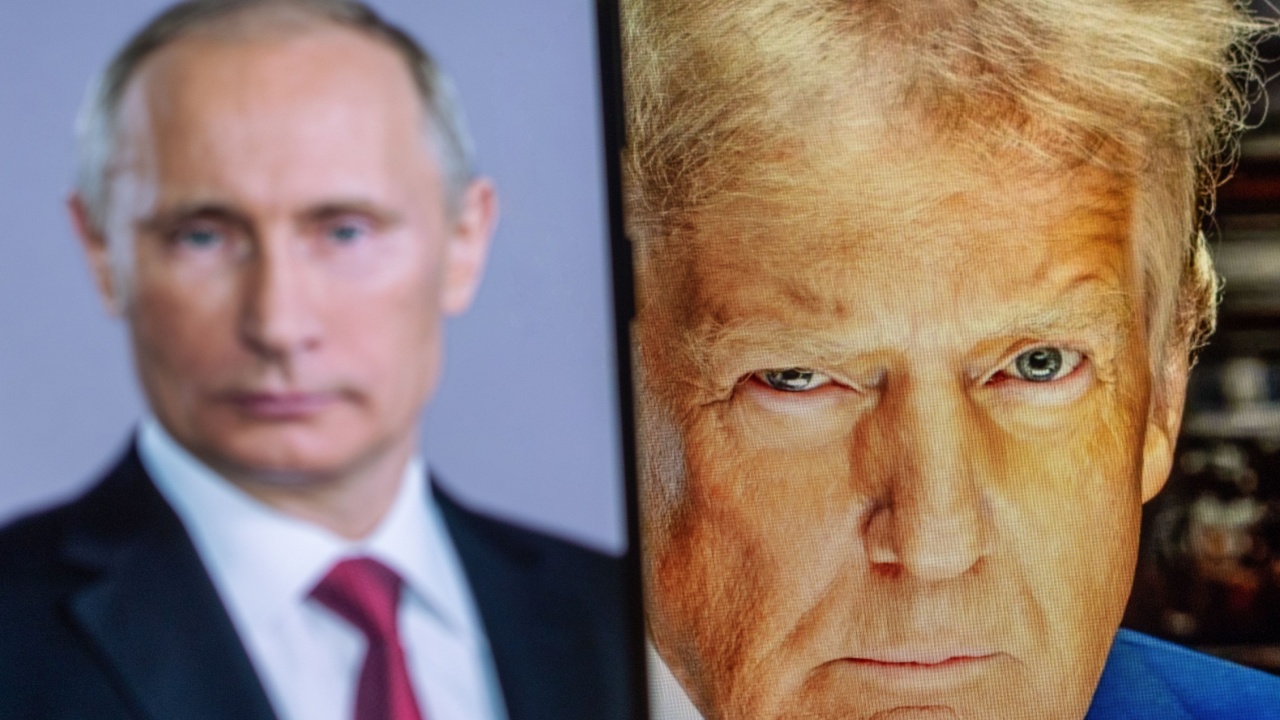The United States is preparing to counter escalating Russian aggression in Ukraine, driven by a shift in strategy under President Donald Trump. Since taking office in January 2025, Trump has maintained an unconventional approach towards Vladimir Putin’s Russia, including several discussions aimed at fostering peace. However, as tensions rise, Trump’s restraint may be transforming into a more assertive stance against Russian actions.
Trump’s administration began with a notably conciliatory attitude towards Russia, engaging in six conversations with Putin, more than with any other world leader. Initially, Trump facilitated ceasefire discussions between Ukraine and Russia and temporarily suspended intelligence sharing and arms shipments to Ukraine. Despite these efforts, Putin has intensified attacks, particularly targeting civilian areas.
In a series of statements, Trump has expressed frustration over Russia’s actions. In May, he criticized Putin on Truth Social, stating, “He has gone absolutely CRAZY! He is needlessly killing a lot of people.” In July, he further remarked that it appears Putin is intent on “just keep killing people.”
The international context is significant; while the conflict in Ukraine underscores the interconnections between European, Middle Eastern, and Indo-Pacific security, it also reflects the ambitions of other global players. Reports indicate that Wang Yi, China’s foreign minister, advised his EU counterpart that a Russian defeat could shift U.S. focus towards China, highlighting the geopolitical stakes involved.
Russia’s Strategy and U.S. Response
Putin’s strategy appears to have underestimated Trump’s capacity for decisive action as the U.S. gears up to counter Russian advances. Trump has become increasingly aware of how Putin has leveraged past concessions for strategic gain, as he stated, “We get a lot of bull**** thrown at us by Putin… it turns out to be meaningless.”
In the face of this, Trump is likely to recalibrate U.S. military and diplomatic strategies. His administration is poised to advocate for enhanced sanctions against Russia, increased military support for Ukraine, and reconsideration of Ukraine’s NATO membership, all of which would signal U.S. resolve.
The growing consensus among frontline European nations, including Finland, the Baltics, Poland, and Romania, emphasizes that appeasement does not secure peace. These nations, having faced Russian aggression more directly, advocate for a robust response rather than diplomatic overtures.
Potential Consequences of Trump’s Strategy
Trump’s approach could lead to a significant shift in U.S. foreign policy, adopting a “Peace Through Strength” doctrine reminiscent of former President Ronald Reagan. By enhancing military support for Ukraine and reinforcing alliances, the U.S. could effectively deter Russian aggression while also addressing the ambitions of adversarial states such as China, North Korea, and Iran.
The call for a bipartisan bill imposing tougher sanctions on Russia is gaining traction, aimed at demonstrating American resolve. Additionally, providing Ukraine with comprehensive military support is crucial in reversing the current trajectory of the conflict. As Trump navigates these waters, his administration’s challenge will be to align military and diplomatic efforts without becoming entangled in prolonged foreign conflicts.
The stakes are high, and as Trump appears to be awakening to the realities of international diplomacy, his actions might redefine U.S. engagement in global geopolitics. Should he succeed in reclaiming a stronger position against Putin, it may significantly alter the balance of power in Europe and beyond, underscoring the enduring complexities of international relations in the 21st century.
As the situation develops, the world will be watching closely to see how Trump’s renewed assertiveness will influence not only the conflict in Ukraine but also the broader geopolitical landscape.
